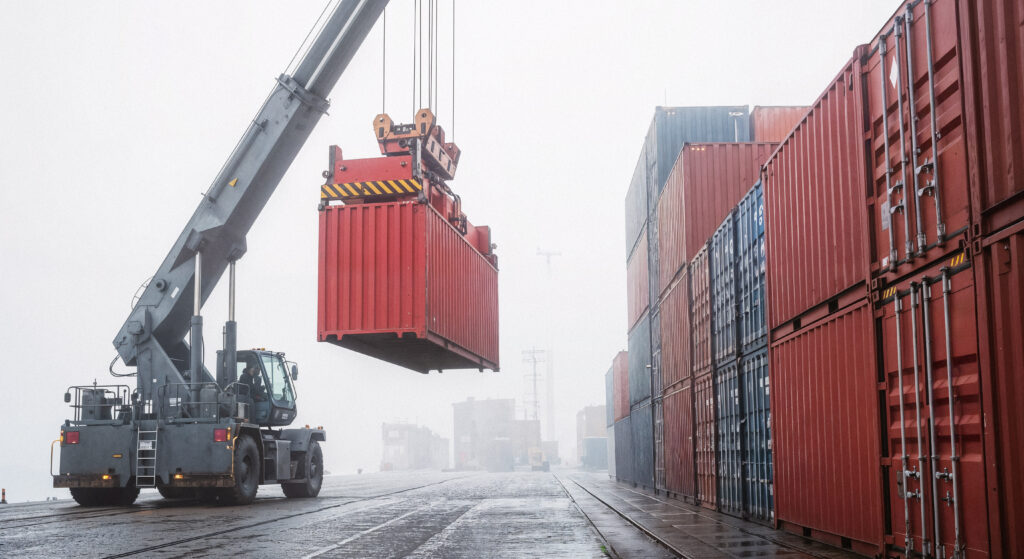
Introduction
And no wonder you have asked yourself, what is import and export, and what is the significance of these terms in the present day international economy? International trade is based on imports and exports. All the products you consume, including the smartphone you hold in your hand, or even the coffee you are drinking, probably crossed the boundaries before they got into your hand.
This blog will deconstruct the definition of import and export, describe the main difference between them, and discuss the advantages and difficulties. It does not matter whether you are simply interested in international trade or you intend to establish yourself in the import-export business; this guide will provide you with clarity.
What is Import and Export?
Definition of Import
Bringing goods or services into your country to another country is what is known as import. India is an example of a country that imports crude oil, gold, and electronics to satisfy the local market.
Definition of Export
Export on the contrary is marketing products or services of your country to another. An example is the exportation of textiles, spices, IT services and machinery by India to the global markets.
Import in simple terms is buying overseas and export is selling overseas.
Major Differences between Export and Import
Nature of Trade
- Import: This is buying on international markets.
- Export: It is selling to foreign markets.
Purpose
- Import: To satisfy the local market or obtain domestic unavailable resources.
- Export: To increase the business area and get foreign currency.
Impact on Economy
- Import: This may sometimes cause a trade deficit when imports surpass exports.
- Export: Strengthens the economy because it earns them revenue and foreign exchange.
The advantages of Import/Export
Benefits of Import
- Availability of products that are not locally manufactured.
- Better living and high-quality products.
- Global pricing because of global supply.
Benefits of Export
- Grows market opportunities outside the domestic borders.
- Increases number of workers and capacity.
- Increases foreign earnings and enhances GDP.
- Improves the international brand image.
Difficulties with Importing and Exporting
Import Challenges
- Foreign supplier over dependency risk.
- Large custom duties and tariffs.
- Fluctuations on the currency exchange.
Export Challenges
- Complicated records and certification.
- Competition and price wars across the borders.
- Waiting times in logistics and shipping.
Why Import-Export Training Counts
Growing Opportunities
Due to the advancement of digitalization, e-commerce, and global interconnections, the import export industry grows on an unprecedented scale. Products which were previously confined to local markets are now accessible to customers all over the world.
Why Start Now
The world is increasingly demanding, the government is very supportive in terms of policies and the logistics system is well established and thus there has never been a better time to establish a career or business in international trade.
Conclusion
The first thing that determines the economy, business, and everyday life is to understand what is imported and what is exported. Importation exposes us to the best of the world at our doorsteps, and exportation takes our innovations and products to the global markets.
If you have plans of establishing a future in the import-export business, you should not simply read by looking at the website, but you must acquire the right training and guidance in order to set strong goals.
Yuva Training Institute of Export Import is the place where you can be trained practically, mentored by professionals, and certified to enter international trade with confidence.
Come and see us at Yuva Training Institute of Export Import.
and begin the skill of making you a successful import export professional.
